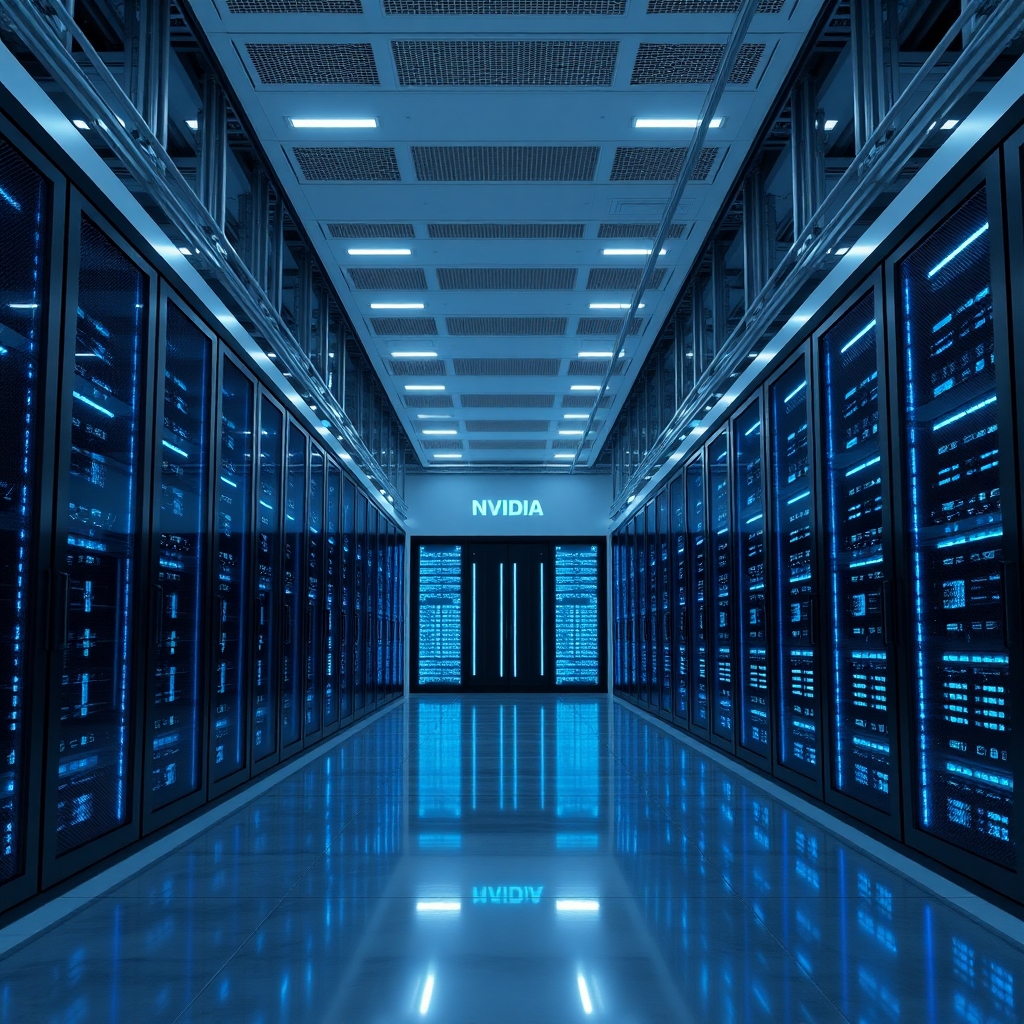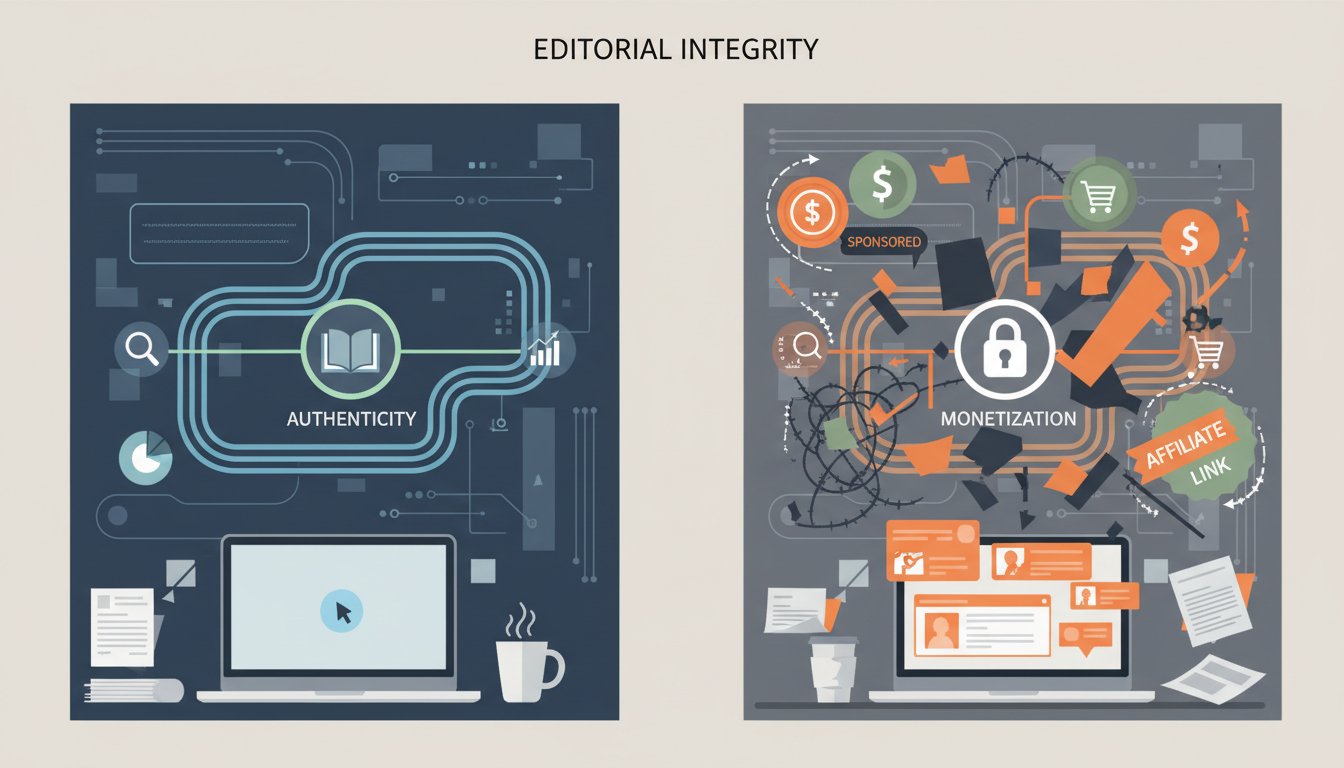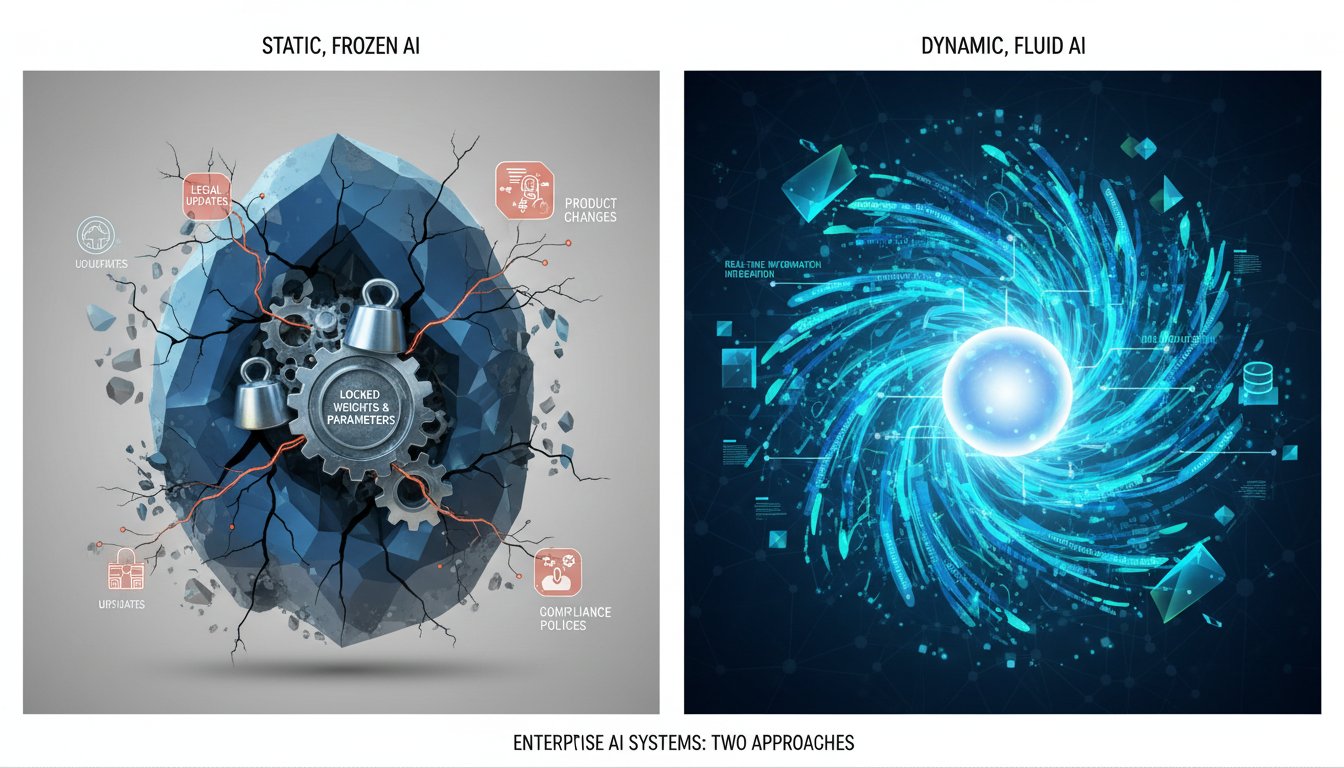The Dawn of Sovereign AI Infrastructure
In a sleek, temperature-controlled facility scheduled to open next year in southern Italy, rows of cutting-edge NVIDIA hardware will soon power what promises to be one of Europe’s most ambitious AI projects. This isn’t just another data center—it’s the Colosseum, a sovereign AI infrastructure that represents a fundamental shift in how enterprises can approach their most sensitive AI workloads, including Retrieval Augmented Generation (RAG) systems.
The announcement of this massive sovereign AI data center leveraging NVIDIA’s latest technology has sent ripples through the enterprise AI community. For organizations implementing or scaling RAG systems, this development might just be the missing piece that addresses their most pressing challenges: data sovereignty, security, and computational efficiency.
But what exactly makes sovereign AI infrastructure so transformative for enterprise RAG, and why should your organization be paying attention? Let’s break down this emerging trend and its far-reaching implications.
Understanding Sovereign AI Infrastructure
What Is Sovereign AI Infrastructure?
At its core, sovereign AI infrastructure refers to computing resources and systems designed to keep data and AI processing within defined geographical or organizational boundaries. Unlike traditional cloud-based AI services, sovereign infrastructure gives organizations complete control over:
- Where data physically resides
- Who has access to both data and models
- How computations are performed
- Compliance with regional regulations
The newly announced Colosseum project exemplifies this approach. Set to deploy in 2025 in Italy, this collaboration between iGenius, Vertiv, and NVIDIA will create one of the world’s largest sovereign AI data centers specifically designed for regulated industries like finance, healthcare, and public administration.
The Technical Foundation
What makes modern sovereign AI data centers different from previous generations of private infrastructure is the level of computing power they bring to the table. The Colosseum will be built on NVIDIA’s DGX SuperPOD architecture, incorporating:
- NVIDIA Grace Blackwell Superchips
- Advanced NVIDIA DGX AI supercomputers
- Real-time collaboration capabilities via NVIDIA Omniverse
- Modular design for scalability and rapid deployment
This combination of technologies creates an AI factory capable of supporting the most demanding enterprise workloads while maintaining complete data sovereignty—a critical consideration for RAG systems that rely on proprietary corporate knowledge bases.
Why Sovereign Infrastructure Matters for Enterprise RAG
The Data Sovereignty Challenge
RAG systems fundamentally depend on access to large volumes of proprietary corporate information. When this information includes sensitive customer data, intellectual property, or regulated content, the question of where and how this data is processed becomes paramount.
Consider a financial services firm implementing a RAG-powered advisor assistant. This system needs to access:
- Client financial records
- Internal investment strategies
- Regulatory compliance documentation
- Market analysis and forecasts
In traditional cloud-based deployments, this data would likely travel across borders, potentially triggering compliance issues with regulations like GDPR in Europe or industry-specific requirements in healthcare or finance. Sovereign infrastructure eliminates these concerns by keeping all data and processing within defined boundaries.
Performance Advantages for Knowledge Retrieval
Beyond compliance, sovereign infrastructure offers tangible performance benefits for RAG systems:
-
Reduced Latency: By placing the RAG system physically closer to the knowledge base, retrieval operations can be performed with significantly lower latency.
-
Dedicated Resources: Unlike shared cloud environments, sovereign infrastructure provides dedicated computing resources that can be optimized specifically for retrieval tasks.
-
Custom Hardware Configurations: Organizations can configure hardware specifically for their retrieval needs, potentially implementing specialized memory configurations or storage optimizations.
-
Scale-Out Capabilities: As RAG knowledge bases grow, sovereign infrastructure can be scaled accordingly without the unpredictable costs often associated with cloud deployments.
This performance advantage was highlighted in Oracle’s recent deployment of thousands of NVIDIA Blackwell GPUs specifically designed for agentic AI and reasoning models—technologies directly applicable to advanced RAG systems. Their implementation of the NVIDIA GB200 NVL72 platform combines 36 NVIDIA Grace CPUs and 72 NVIDIA Blackwell GPUs, creating a foundation for high-performance RAG applications that require complex reasoning capabilities.
The ROI Equation: When Does Sovereign Infrastructure Make Sense?
Despite the advantages, sovereign AI infrastructure represents a significant investment. Organizations must carefully evaluate when the benefits outweigh the costs:
Scenarios Favoring Sovereign Infrastructure for RAG
-
Regulated Industries: Financial services, healthcare, defense, and government applications often face regulatory requirements that make sovereign infrastructure the only viable option.
-
Large-Scale Deployments: Organizations with extensive knowledge bases and high query volumes may find the economics shift in favor of sovereign infrastructure as scale increases.
-
Mission-Critical Applications: When RAG systems support critical business functions where downtime or performance issues would have significant business impact.
-
Intellectual Property Protection: Companies whose competitive advantage lies in proprietary information that forms the basis of their RAG knowledge base.
The Energy Consideration
One factor that increasingly affects the ROI calculation is energy consumption. Recent developments in South Carolina highlight this concern, where the local utility Santee Cooper has implemented rate hikes specifically for mega-users (consuming over 50MW) as Google and Meta invest billions in local AI infrastructure.
This trend toward increased energy costs for AI computing could significantly impact the economics of large-scale RAG deployments. Organizations considering sovereign infrastructure should factor in both current and projected energy costs when calculating total cost of ownership.
Implementing Sovereign RAG: Practical Approaches
For organizations convinced that sovereign infrastructure is the right approach for their RAG systems, several implementation paths exist:
1. Hybrid Sovereignty Models
Rather than an all-or-nothing approach, many organizations are adopting hybrid models where:
- Sensitive retrieval operations occur on sovereign infrastructure
- Less sensitive generation tasks might leverage cloud resources
- Different data categories have different sovereignty requirements
This approach allows organizations to optimize the cost-benefit equation by applying sovereign infrastructure only where it delivers the most value.
2. Colocation and Partnership Strategies
Few organizations have the resources to build data centers like the Colosseum from scratch. Alternative approaches include:
- Partnering with sovereign infrastructure providers
- Leveraging specialized colocation facilities
- Using dedicated regions within major cloud providers that offer sovereignty guarantees
Oracle’s OCI Dedicated Region and similar offerings from other providers enable organizations to deploy RAG systems on infrastructure that maintains physical and operational sovereignty while reducing the upfront investment.
3. Optimizing RAG Architectures for Sovereign Deployment
RAG systems deployed on sovereign infrastructure benefit from architectures optimized for this environment:
- Chunking Strategies: Optimizing document chunking to reduce storage and retrieval computational requirements
- Vector Database Selection: Choosing vector databases that perform efficiently on the specific hardware configuration
- Retrieval Optimization: Implementing advanced retrieval techniques like hybrid search that balance quality and computational efficiency
- Caching Mechanisms: Developing intelligent caching to reduce repeated retrievals for common queries
These optimizations become particularly important in sovereign environments where maximizing the value of owned infrastructure is a priority.
The Future of Sovereign RAG: Emerging Trends
As sovereign AI infrastructure continues to evolve, several trends are emerging that will shape the future of enterprise RAG deployments:
1. Regional Sovereign Hubs
Rather than every organization building their own infrastructure, we’re seeing the emergence of regional sovereign hubs like the Colosseum that serve multiple organizations within regulatory boundaries. These shared but sovereign resources offer economies of scale while maintaining data sovereignty.
2. Specialized RAG Hardware
As RAG workloads become better understood, we’re likely to see hardware specifically optimized for these tasks—potentially including specialized accelerators for vector similarity search or dedicated memory architectures for knowledge-intensive retrievals.
3. Energy-Efficient Retrieval
With energy consumption becoming a limiting factor, the development of more energy-efficient retrieval algorithms represents an important frontier. Techniques like distillation, pruning, and sparse retrieval may become increasingly important not just for performance but for sustainability.
4. Sovereignty as a Service
The complexity of maintaining sovereign infrastructure is driving the development of “Sovereignty as a Service” offerings where specialized providers handle the technical aspects of sovereignty while organizations focus on developing effective RAG applications.
Real-World Impact: Transforming Enterprise Knowledge Work
Beyond the technical considerations, sovereign RAG infrastructure enables transformative business capabilities:
-
Customer Service Transformation: Financial institutions can deploy comprehensive advisor assistants that access complete customer histories while maintaining strict data sovereignty.
-
Healthcare Knowledge Systems: Medical institutions can implement clinical decision support RAG systems that maintain patient confidentiality while accessing the full breadth of medical literature and internal case studies.
-
Legal Research Revolution: Law firms can develop sovereign RAG systems incorporating their proprietary case histories and analyses without exposing sensitive client information to external systems.
-
Manufacturing Intelligence: Industrial firms can create RAG systems that incorporate proprietary process knowledge and intellectual property while supporting shop floor operations.
In each case, sovereignty isn’t just a compliance checkbox—it’s the enabling factor that makes these applications possible in regulated or competitive environments.
Conclusion: Sovereignty as a Strategic Advantage
The announcement of major sovereign AI infrastructure projects like the Colosseum signals a maturing of the enterprise AI landscape. For RAG systems in particular, sovereign infrastructure represents not just a compliance necessity but a potential strategic advantage.
Organizations that successfully implement sovereign RAG systems gain the ability to leverage their proprietary knowledge at scale without compromising on security or compliance. They can build truly differentiated AI experiences that incorporate their unique intellectual property, customer insights, and institutional knowledge.
As we look toward a future where AI capabilities continue to advance, the organizations that thrive will be those that effectively balance the power of large language models with the strategic advantage of their proprietary knowledge. Sovereign infrastructure provides the foundation that makes this balance possible.
The AI landscape is evolving rapidly, but one thing is becoming increasingly clear: for enterprise RAG systems dealing with sensitive or regulated information, sovereignty isn’t optional—it’s essential. The organizations that recognize this reality and invest accordingly will be positioned for success in the emerging era of knowledge-powered AI.
Is your organization considering a sovereign approach to RAG systems? We’d love to hear about your experience in the comments below, or reach out directly to discuss how the latest developments in sovereign AI infrastructure might impact your knowledge management strategy.




